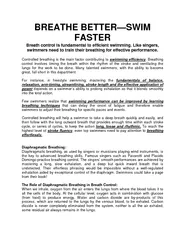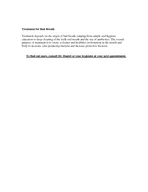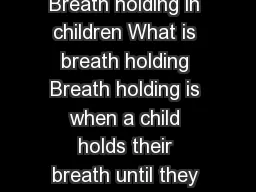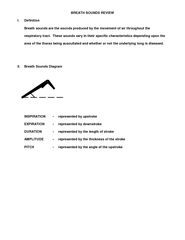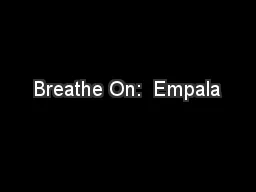PDF-BREATHE BETTERSWIM FASTER Breath control is fundamenta
Author : debby-jeon | Published Date : 2015-06-14
Like singers swimmers need to train their breathing for effectiv e performance Controlled breathing is the main factor contributin g to swimming efficiency Breathing
Presentation Embed Code
Download Presentation
Download Presentation The PPT/PDF document "BREATHE BETTERSWIM FASTER Breath control..." is the property of its rightful owner. Permission is granted to download and print the materials on this website for personal, non-commercial use only, and to display it on your personal computer provided you do not modify the materials and that you retain all copyright notices contained in the materials. By downloading content from our website, you accept the terms of this agreement.
BREATHE BETTERSWIM FASTER Breath control is fundamenta: Transcript
Download Rules Of Document
"BREATHE BETTERSWIM FASTER Breath control is fundamenta"The content belongs to its owner. You may download and print it for personal use, without modification, and keep all copyright notices. By downloading, you agree to these terms.
Related Documents

